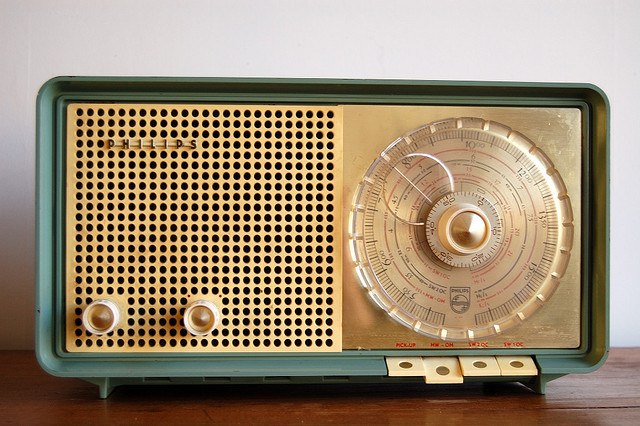Instruction
1
In many cases the fault of the radiobut is not connected with the failure of some parts, and bad contacts in the power supply circuit. If the receiver shows no signs of life, then the Troubleshooting should begin with checking the supply chains.
2
Most modern radios connected to the road network or work through the power supply from the mains of 220 V. With a tester (multimeter) check whether the receiver supply voltage. To do this, first disconnect the power cord and check whether the necessary voltage on its connector. If supplied, open the radio, connect the power and check the circuit to the switch and after it. Very often it is faulty power switch.
3
If the receiver turns on, but does not accept the radio for repair you will need its concept. As all now produced by electronic equipment comes without a schema, it will have to find on the Internet. Type in the search bar the exact name of your receiver and the word "concept". A chance to find it.
4
The scheme is found, you can begin to troubleshoot it. Turn the knob and listen to, whether coming from a speaker some sounds – noises, crackling etc. If so, it speaks about the serviceability of the output of the sound stages (low frequency amplifier). So the fault is on the section from the antenna to the amplifier bass.
5
Carefully check the antenna – ferrite rod with a wound on it a coil. Inspect the transmission range switch, it could be a bad contact. Check on / off the receiver everything switch circuit, if necessary disassemble it and clean the contacts.
6
If the antenna and switch in order for further work you will need high-impedance headphones, for example, TONE-2 or any other with a resistance above 1000 Ohms. We will study the concept, look for a high-frequency amplifier stages – that they are fed from the antenna the received signal. Maybe failed one of their elements. Connecting to headphones thin probes, one of them touch the common wire ("ground"), and the second collector of the transistor check the cascade.
7
The advent of sound in the headphones suggests that this part of the circuit of the receiver is OK. Check the following cascade – if no sound, look for a fault it is necessary in this area. Most often, the defective transistor of the cascade or one of the capacitors.
8
Capacitors in electronic equipment fail quite often, so always pay attention to their appearance. Swollen capacitors, or dried drips of electrolyte need to be replaced. Failure of the filter capacitors of the power to speak a large current consumption.
